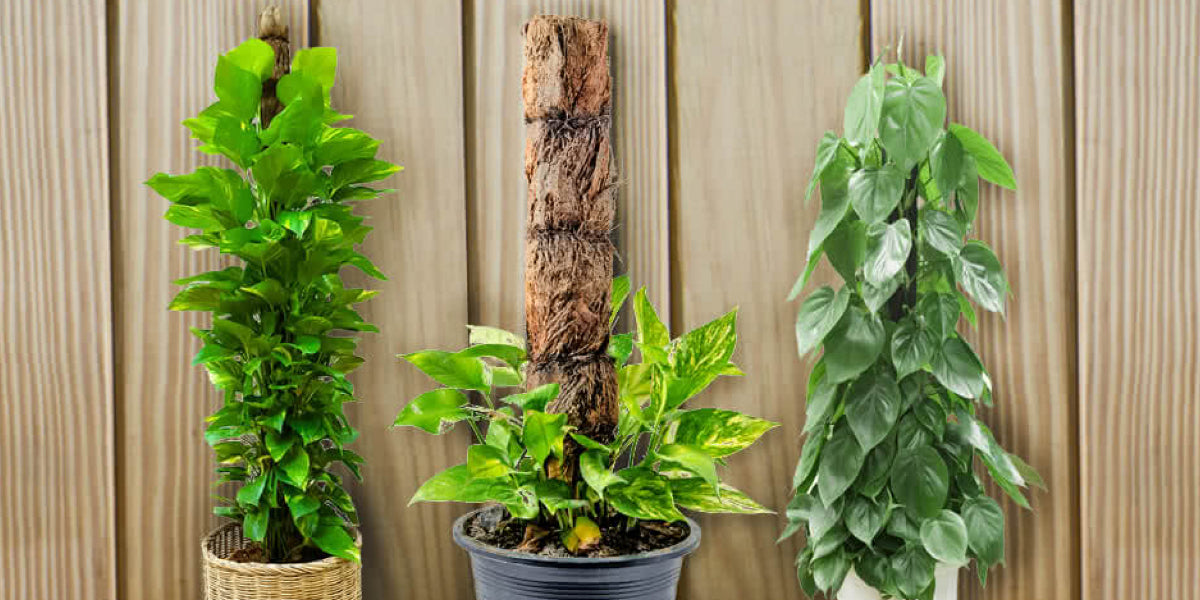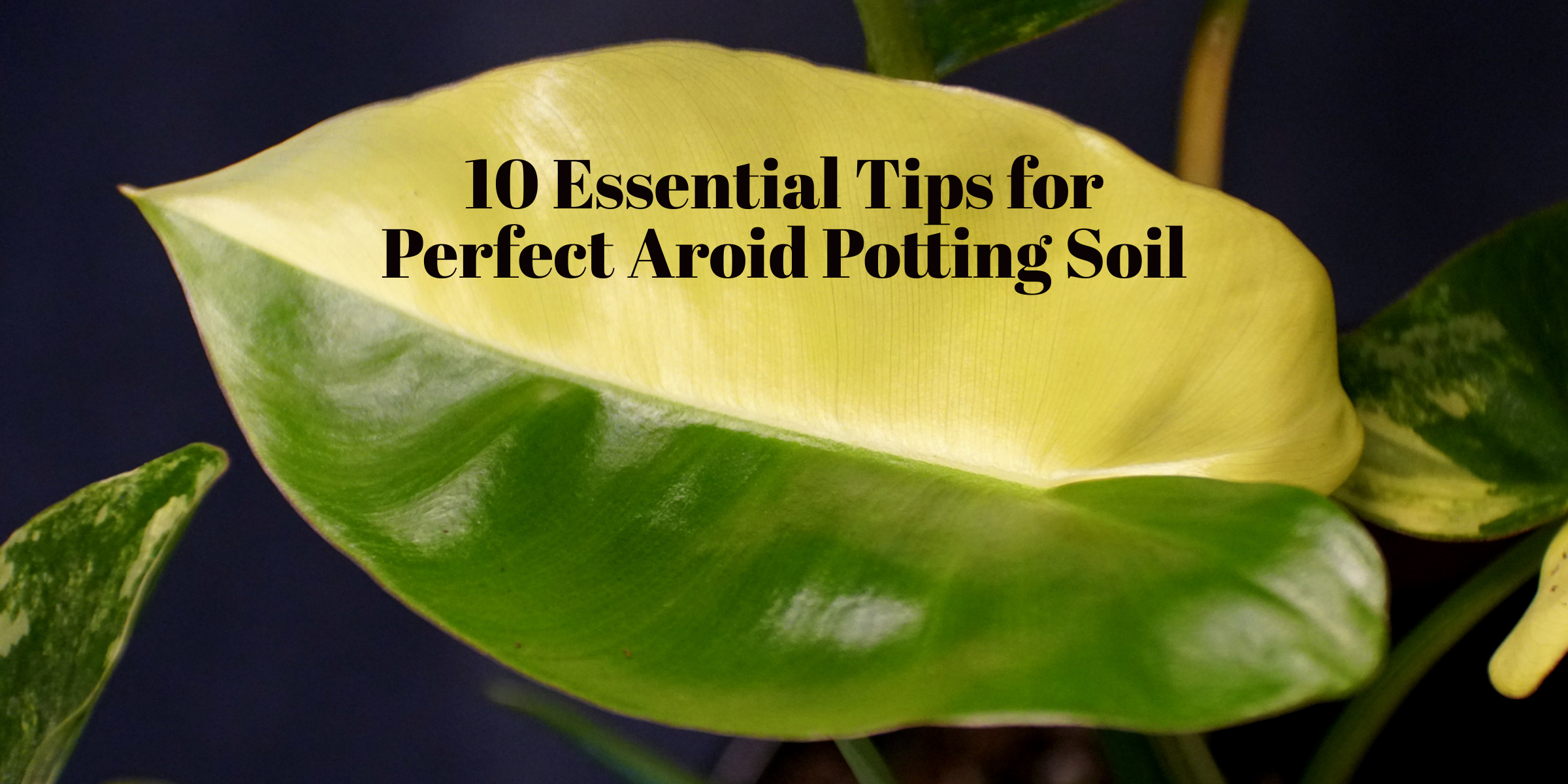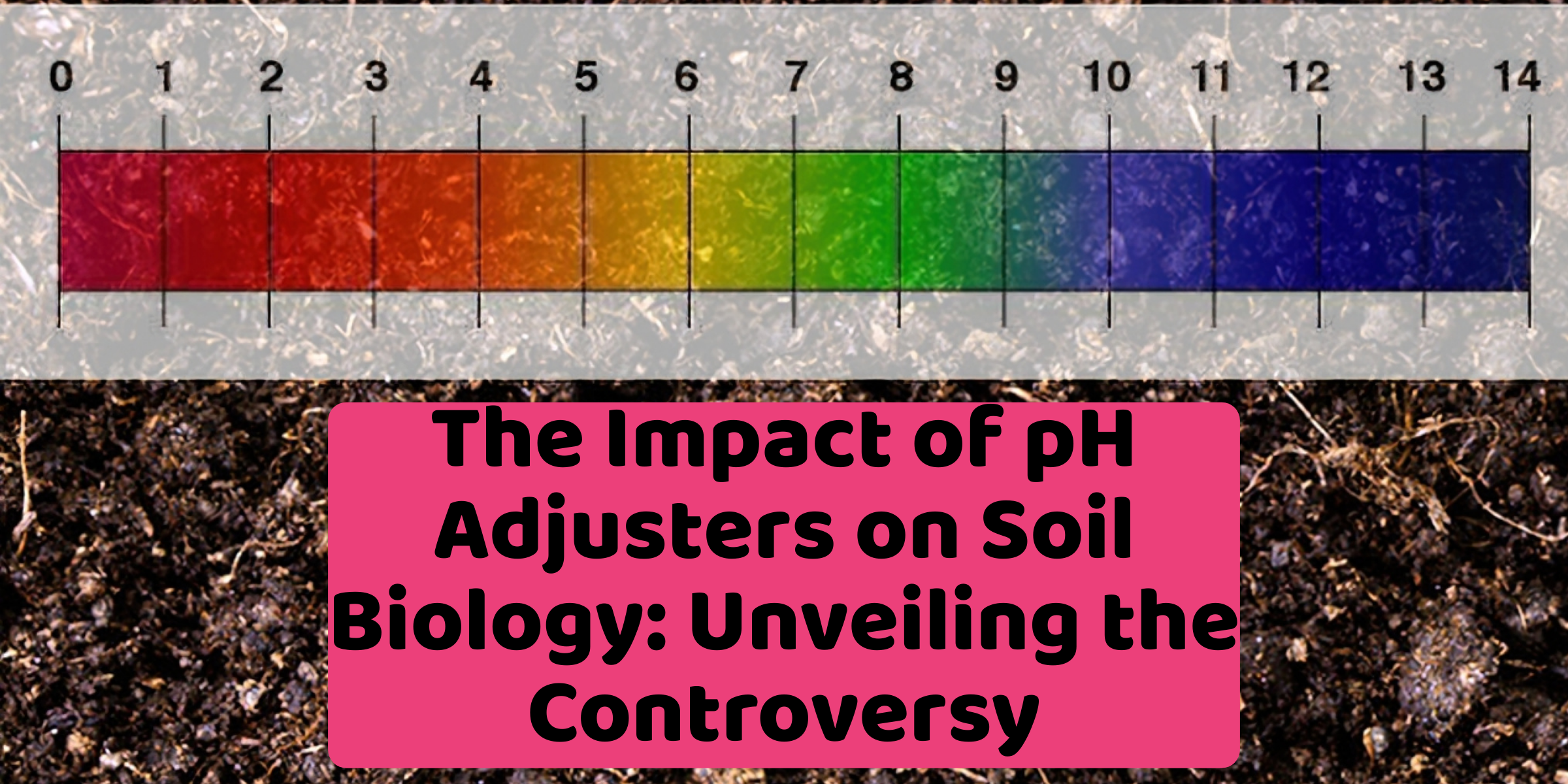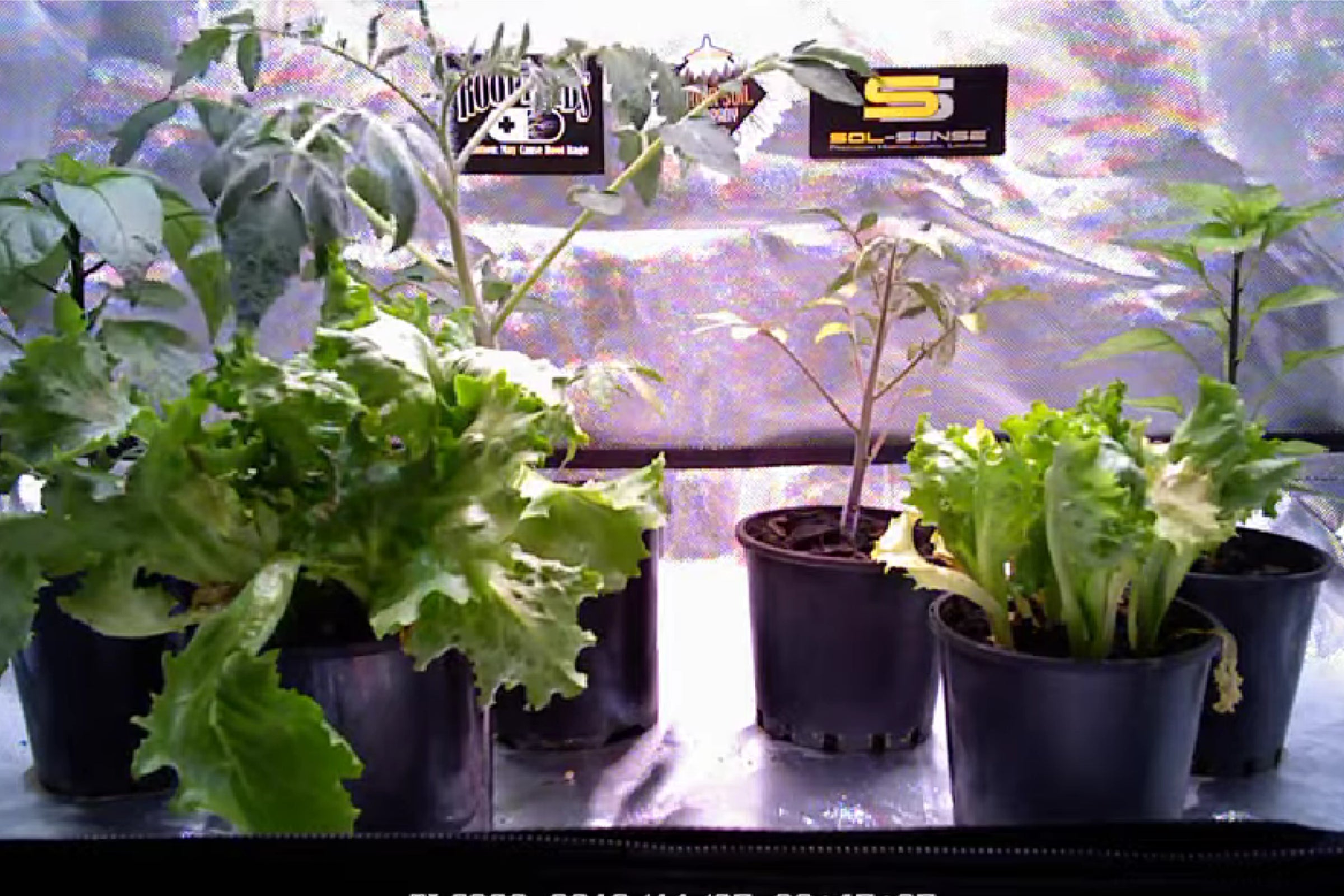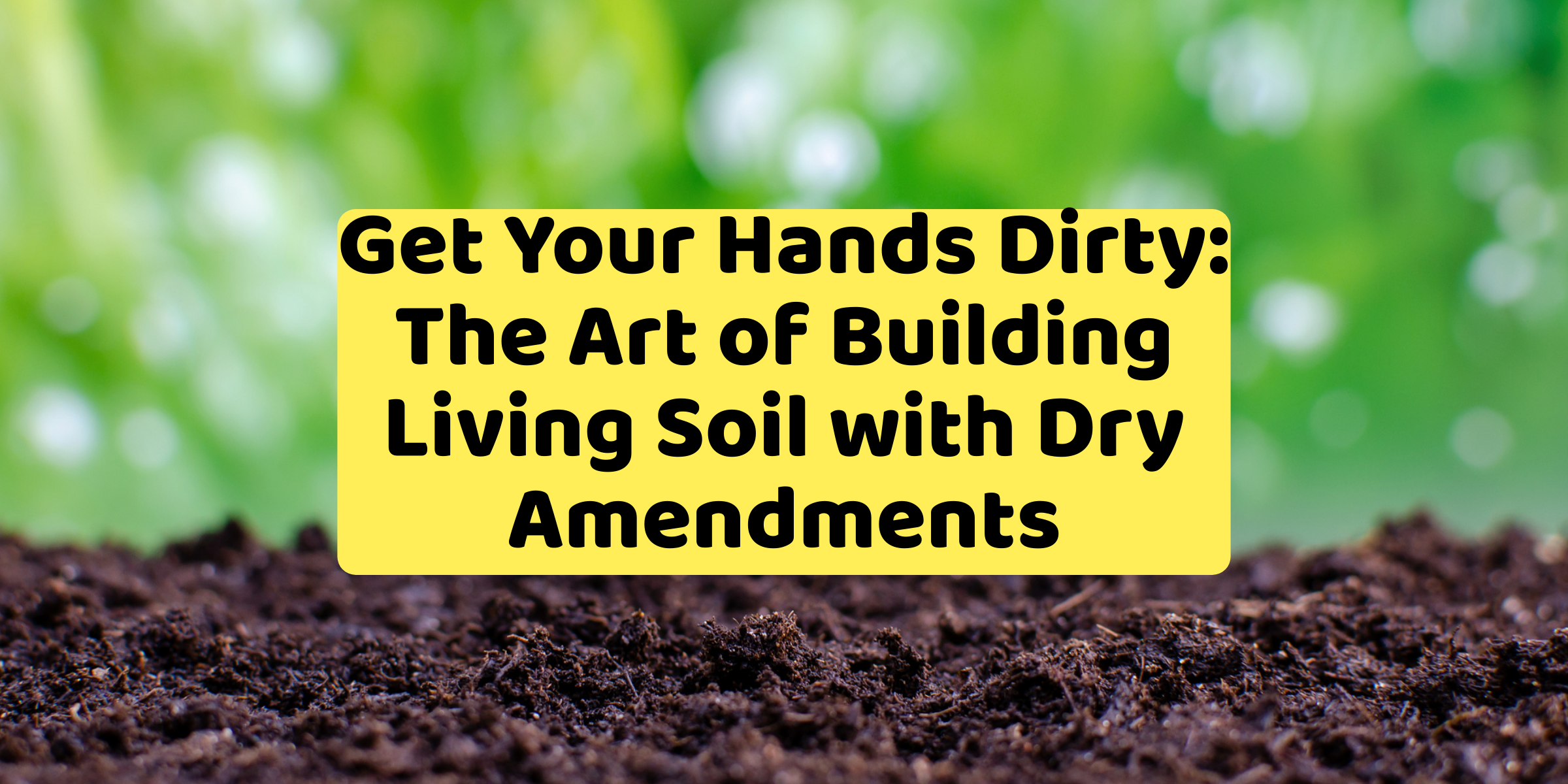As homeowners, we spend a lot of time, money, and effort in maintaining our homes. We want our homes to be a comfortable and healthy place to live in, which is why we invest in air conditioning, heating, and air purifiers. But what if there was a natural and cost-effective way to improve your home's air quality? The answer is houseplants and moss poles.
Houseplants and moss poles are not only a beautiful addition to your home decor, but they also have numerous health benefits. In this article, we'll be discussing how you can improve your home's air quality with houseplants and moss poles.
How Houseplants Improve Air Quality
Houseplants are not just a beautiful addition to your home decor, but they also help to improve air quality by removing toxins from the air. Indoor air pollution can be caused by numerous sources, including cleaning products, synthetic materials, and even our own breath.
Plants absorb toxins through tiny pores on their leaves, which is then transported to their roots, where it is broken down and used as food. Some of the common indoor pollutants that houseplants can remove include formaldehyde, benzene, and trichloroethylene.
In addition to removing toxins from the air, houseplants can also increase humidity levels, which can help to prevent respiratory problems and improve skin hydration. Plants also release oxygen into the air, which can improve cognitive function and reduce stress.
Best Houseplants for Air Purification
Now that we know how houseplants can improve air quality, let's take a look at some of the best houseplants for air purification:
- Snake Plant: Also known as "Mother-in-Law's Tongue," the snake plant is one of the best air-purifying plants for beginners. It's easy to care for and can survive in low light conditions.
- Spider Plant: The spider plant is another great air-purifying plant that is easy to care for. It can remove formaldehyde, xylene, and toluene from the air.
- Peace Lily: The peace lily is a beautiful flowering plant that can remove toxins such as ammonia, benzene, and formaldehyde from the air.
- Bamboo Palm: The bamboo palm is a great air-purifying plant that can remove pollutants such as benzene, trichloroethylene, and formaldehyde. It's also a great plant for increasing humidity levels.
- Rubber Plant: The rubber plant is a great air-purifying plant that can remove formaldehyde from the air. It's also a great plant for beginners, as it's easy to care for.
How Moss Poles Improve Air Quality
Moss poles are another great addition to your home decor that can help to improve air quality. Moss poles are essentially poles covered in moss, which can be used to grow climbing plants.
The moss on the pole helps to improve air quality by absorbing toxins from the air, just like houseplants. In addition, climbing plants can help to remove pollutants such as formaldehyde and benzene from the air.
Best Plants for Moss Poles
Now that we know how moss poles can improve air quality, let's take a look at some of the best plants for moss poles:
Philodendron: The philodendron is a great plant for moss poles, as it's a climbing plant that can remove formaldehyde from the air.
- Pothos: The pothos is another great climbing plant that is easy to care for and can remove toxins such as benzene and formaldehyde from the air.
- Monstera: The monstera is a beautiful climbing plant that can remove toxins such as formaldehyde and benzene from the air.
- English Ivy: The English ivy is a great climbing plant for moss poles that can remove pollutants such as formaldehyde and benzene from the air. It's also known for its ability to remove mold from the air.
- Hoya: The hoya is a beautiful and easy-to-care-for climbing plant that can remove toxins such as formaldehyde, benzene, and trichloroethylene from the air.
How to Care for Houseplants and Moss Poles
Caring for houseplants and moss poles is relatively easy, but it does require some attention and care. Here are some tips on how to care for your plants:
- Watering: Most houseplants prefer to be kept moist but not overwatered. Overwatering can lead to root rot, which can be fatal for your plants. Make sure to water your plants regularly, but only when the soil is dry to the touch.
- Lighting: Most houseplants prefer bright, indirect light. Make sure to place your plants near a window or in a well-lit room, but avoid direct sunlight, as this can burn the leaves.
- Fertilizing: Most houseplants will benefit from regular fertilization, especially during the growing season. Make sure to follow the instructions on the fertilizer package and avoid overfertilizing, as this can lead to burned roots.
- Repotting: Most houseplants will need to be repotted every year or two. Make sure to choose a pot that is slightly larger than the current pot and use a well-draining soil mix.
- Cleaning: Dust can accumulate on the leaves of your plants, which can hinder their ability to absorb toxins from the air. Make sure to clean the leaves of your plants regularly with a damp cloth.

